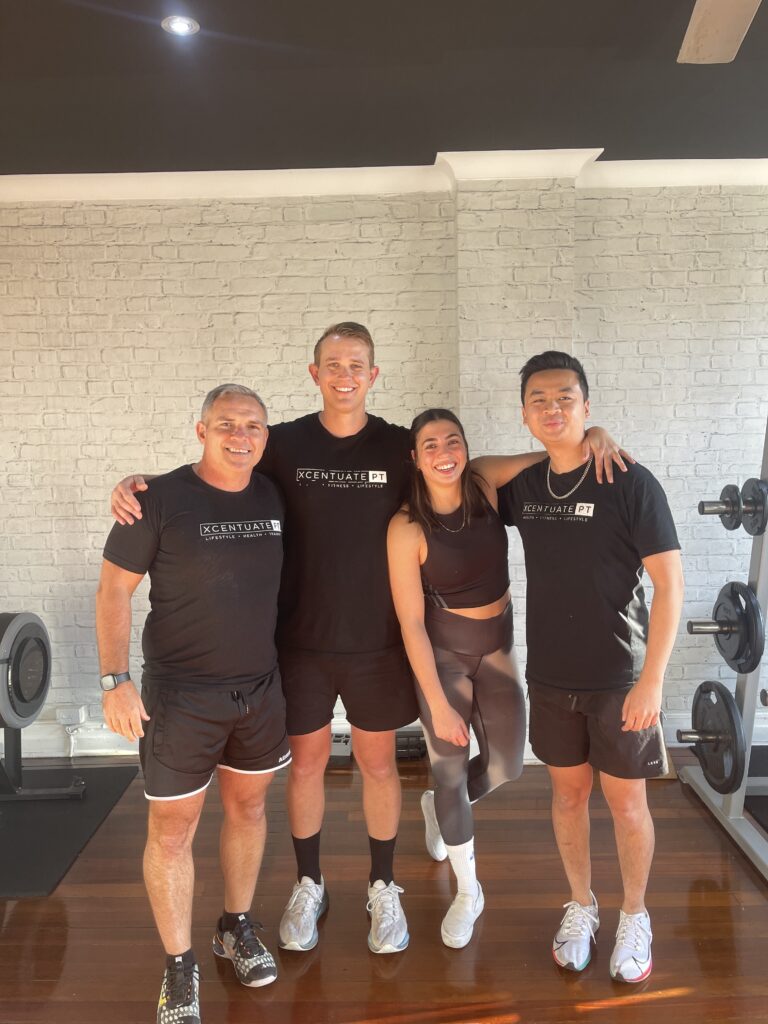
At Stones Corner Health & Fitness we understand that the road to recovery and fitness can be challenging. That is why we provide not just treatment, but also show a positive attitude, motivation, encouragement, and support to help our clients achieve their goals. Whether you are recovering from an injury, managing chronic pain, or simply looking to improve your overall health and fitness, we are here to help.
With over 20+ years of experience our team is here to support you.
BLOG POSTS
How to strap an ankle
CLICK HERE FOR VIDEO ON “HOW TO STRAP YOUR ANKLE”
Taping is commonly used to help facilitate a return to running or sport after an injury. You may have been told to use strapping after an ankle sprain or fracture, or maybe as a result of recurring sprains in the past. At Stones Corner Health & Fitness, ankle sprains are one of the most common injuries that we see in the clinic, so we want to help you manage these as quickly as possible!
Ankle taping is not usually designed to be worn forever. For most people, the goal of strapping is to provide additional support or relieve symptoms for the “return to play” phase of your treatment, while building your strength through a home or gym program to restore your ankle stability. You might be required to wear strapping all day, or your Physiotherapist may just recommend it for games or training sessions.
Please note, there are many ways to strap an ankle. This is a common example, used most frequently for lateral ankle sprains. Be sure to see your local Physiotherapist before utilising this technique to ensure that it is suitable for you. If you’re in the Stones Corner, Greenslopes, Woolloongabba or Holland Park area, why not pop in and see us?
Team SCHAF ✌️
- Keep ankle at (or close to) 90deg when applying tape.
- Don’t try to pull the tape into place. If it doesn’t follow the path you want it to, adjust your starting position.
- You can customise the number of pieces of tape, depending on the injury or severity. Ask your Physiotherapist how to adjust this technique to suit you.
4 mobility exercises for lower back pain
Did you know… as many as 1 in 6 Australians have back pain? That’s a huge number, but it’s not all doom and gloom! 90% of people with back pain will be diagnosed with “Non-Specific Lower Back Pain”, meaning there may not be evidence of “damage” to your back. Instead, back pain can be caused by sitting, poor posture, changes to your activity levels, or even stress or poor sleep!
If you’re noticing your back is getting stiff or sore by the end of the day, try these simple mobility exercises to get moving again.
This list is a general guide only. If any of the exercises cause you pain or discomfort, please cease them and contact your local Physiotherapist for a full assessment. If you’re in the Stones Corner, Greenslopes, Woolloongabba or Holland Park area, Stones Corner Health & Fitness are here to help.
Team SCHAF ✌️
Child’s Pose/Prayer Stretch
Start in a “hands-and-knees” position, then slowly shift your hips back towards your heels. To increase the stretch, you can walk your hands out further while keeping your hips on your heels. Think about touching your armpits to the floor!
Cat Cow Stretch
Start in a “hands-and-knees” position, then sink your belly towards the floor, creating a “U” shape with your back. Next, tuck your tailbone and push your shoulders and upper back towards the ceiling, creating an arch shape with your back. Move between these two positions, pausing for a stretch in a comfortable spot. Try to imagine your hips and pelvis “leading” the motion, to try to increase the amount of movement at your lower back.
Windscreen Wipers
Lie on your back with your knees bent and feet on the floor. Gently move both of your knees to one side then the other, allowing your back to relax. You can take this movement as far as you like, but don’t feel the need to push your knees right to the floor. The movement itself is more important than the range.
Figure 4 Stretch
Sit in a chair or on the edge of your bed. Lift one leg over the other so that your ankle sits just above your knee (as if you are crossing your legs). Then, try to push the knee of your crossed leg towards the floor. This should bring on a stretch in your glutes or bottom. If you need to increase the intensity of the stretch, try leaning forward over your knees, or try the same stretch lying on your back!
